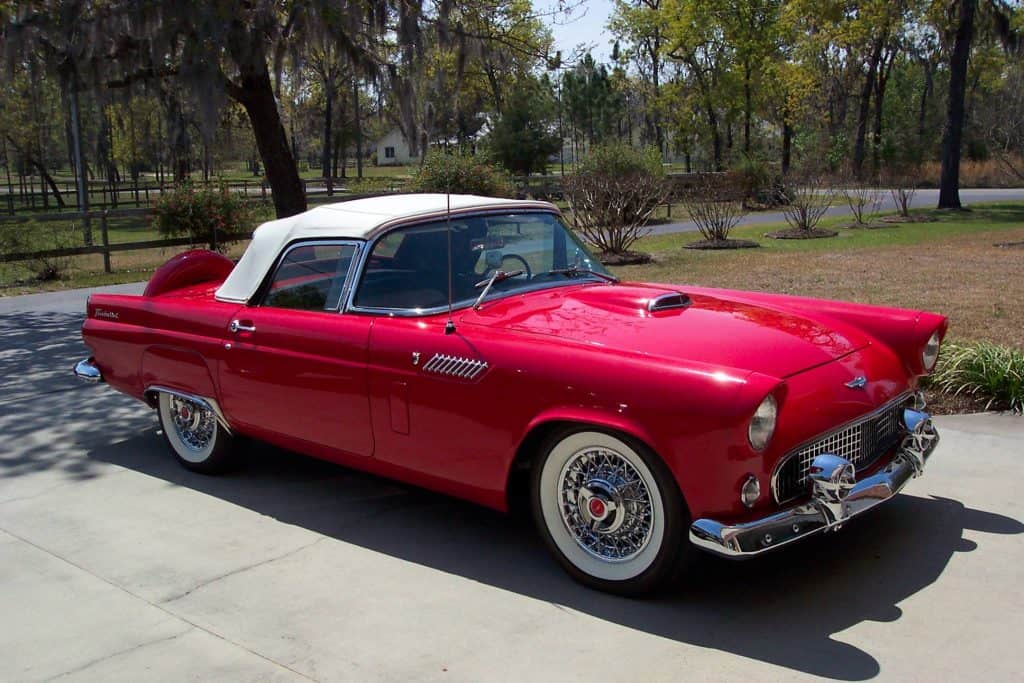

Others say quality glitches at the factory were the real reason. Why? Some sources claim tighter emissions regulations necessitated more time for development. Although 1982 was the last year for the third-generation Corvette, Chevy decided to wait until the 1984 model year to launch the all-new car. Five years later, Chevy debuted the first ultra-performance Corvette since the 1960s: the 375-hp ZR-1.įast Fact: There is no production 1983 Corvette. But after a switch to a new, tuned port fuel-injection system in later years, horsepower jumped-and so did performance. That first year, it cranked out a meager 205 hp. It still had a small-block Chevy V8 up front driving the rear wheels. In the end, the next Corvette wasn’t radical. And others thought it might use a rotary engine, like Mazda’s. Some predicted it would use a mid-engine chassis, like an Italian exotic. So when it came time for GM to launch the next-generation C4 Corvette, there was wild speculation about the car. The third generation of America’s sports car, the Corvette, had an incredibly long run: 1968 to 1982. Unfortunately, we cannot do what you do.” Only 12 were built between 19. According to Marty Schorr, who worked closely with Rosen on the cars, Duntov said, “I really like your Corvette, Joel. Instead, when Duntov first saw the GT at its launch at the 1969 New York International Auto Show, he gave the machine his blessing. Although one Motion ’Vette did receive a smaller LT1-spec 350-ci V8.įast Fact: When the father of the Corvette, chief engineer Zora Arkus-Duntov, caught wind of their operation, it could have been bad news for Motion. It had a unique fastback rear window, a performance suspension, and as much as 600 dyno-tuned horsepower from either a 427-ci or 454-ci big-block V8s. The sensuously styled Phase III GT was a stunner.

It was Rosen’s dream in late 1968 to build a new, fast, and functional all-American GT sports car. Motion would build these serial-production specialty Corvettes to order. Baldwin Chevrolet, a dealer in Baldwin, New York, would deliver new Corvettes to Joel Rosen’s Motion Performance speed shop down the road for modifications. After the engines received regular production status, they were fitted at the plant with Chrysler-cast aluminum intakes.īaldwin-Motion was the first Corvette tuner, and the machines that company created were legendary. And the first 100 of these big-block engines were equipped with Edelbrock aluminum intake manifolds. The first 100 were built as 383 Coronets at the Chrysler Assembly Plant and then shipped to Creative for 440 Six-Pack engine installation along with some of the A12-specific features. So, you received nearly the same thrust in a more streetable package-and at a lower price, too.įast Fact: The Six-Pack-equipped A12 Super Bees went through final assembly by an outside vendor called Creative Industries in Detroit. And that happened to be same torque spec as the Hemi. The A12 Super Bee produced 390 hp and a ridiculously potent 490 lb-ft of torque.
1968 THUNDERBIRD MUSCLE CARS CODE
Known internally as option code A12, it wore a matte-black, lift-off fiberglass hood with a massive forward-facing scoop. But halfway through the 1969 model year, Dodge made the 440-ci Six-Pack (three two-barrel carburetors) available. In 1968, the Bee came standard with a 383-ci V8 or the legendary monster 426-ci Hemi. The Super Bee was essentially a high-performance version of the Dodge Coronet. The 10 Worst Vehicle Recalls: Past and Present.



 0 kommentar(er)
0 kommentar(er)
